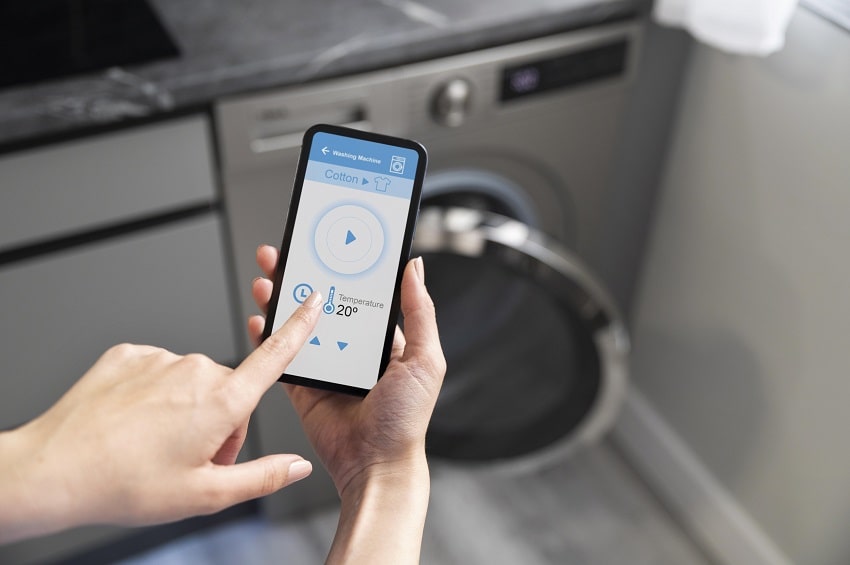When it comes to building a new product, startups, and entrepreneurs struggle to validate the feasibility of their product idea. However, with good proof of concept success criteria, this could save a lot of time and money before investing in the construction of a new prototype or product. Find out in this article 8 essential factors that will help you with your Proof of Concept (PoC) evaluation.
1. Assemble your technology team
If you count on electronic product developers to help you out, that’s great. Since you will have a work team that will know where to start when it comes to validating your new product.
However, if you don’t have the skills or the team to build a PoC, it is necessary to reach key people who can provide the necessary technical knowledge. Depending on the project you need to build, you may need a hardware engineer, software developer, or electrical engineer.
2. PoC requirements – Your goal
This is crucial for ensuring the Proof of Concept requirements are met. If you don’t define specific, measurable goals to evaluate PoC success criteria, you will probably fail.
In other words, you need to define what is the problem you want to solve. And from that point, identify how your technology or service can add value to potential customers. Of course, the features of your solution must be able to solve the problem or need of a specific audience; for instance, this will be necessary for marketing IoT products.
3. Define project expectations
Many projects fail in their early stages because they oversee challenges in product development. CEOs and entrepreneurs think that expertise or budget is fine when it comes to building a new product. However, your project needs to be clear about its scope, resources, and timeframe.
When you define realistic parameters, like timeframe, you will be able to confirm quickly the feasibility of your idea and advance your project to the point of hiring hardware development services; this is especially useful when there is nothing similar to your product idea in the market.
By setting clear expectations, it will be easier to advance on the Proof of Concept checklist without obstacles or issues.
4. Monitor and analyze outcomes

Clearly define what you want to achieve to confirm the PoC requirements are met. For instance, if your goal is to build a smart energy meter that helps homeowners reduce their monthly energy expenditure by 10%, you need to track this metric. The technology you are aiming to build must be in the capacity to guarantee such reduction.
Of course, there are other components to monitor and analyze like software, stability, reliability of the data, etc; here comes the importance of counting on good firmware coding and IoT programming, since they will be a great ally for your product (just like we mentioned before, it all depends on what you are building).
Once you have set PoC success criteria, you need to document key learnings, challenges, and triumphs throughout the journey to make informed decisions.
5. Technical limitations and success
Your idea may sound great on paper, but the technology you need to make it work must showcase good functionality. For a proper proof of concept evaluation, you need to be able to identify potential risks, limitations, scaling opportunities, and compatibility with existing infrastructure.
Depending on the specifications of your technology, your project may be cheaper or more expensive than other products in the market. Check different IoT use cases to have a point of reference, like different products or ideas that are being built in your sector.
6. Financial capabilities

Now, there is another aspect that needs to be addressed, which is financial possibilities. If you ignore this, you might have problems later when trying a product crowdfunding campaign.
In the case of your PoC requirements and the financial aspect, you need to assess the following:
– Demonstrating cost-effectiveness compared to current solutions in the market; see IoT devices examples.
– Projecting the potential return on investment (ROI).
– Evaluating scalability and the financial implications of scaling up.
– Establishing a clear budget and resource allocation plan.
Once you work on each one of these elements, you will be able to validate if your project will be profitable or not.
7. Market research:
You need to understand where your product will compete, and it’s necessary to reach the right public. Analyze the following elements to ensure your new product will have a good performance in the market:
– Assess market demands and the competitive landscape.
– Validate the value proposition for your target audience.
– Analyze market trends and emerging opportunities.
– Estimate market share and growth prospects.
8. Build the Proof of Concept
This last step doesn’t necessarily mean that you will build the PoC by the end of the process, instead, is a transverse task that will be developed throughout the different stages of the Proof of Concept success criteria.
With the results of each step, you will iterate and refine the PoC until you can validate the feasibility of your project. If you get negative feedback or results, it is necessary to go back and analyze if this compromises the device you are building, or on the contrary, it is an opportunity to assess the project from a different perspective.
Once the Proof of Concept evaluation is finished, you will have a new technology that may become a prototype (which is a different process), and you will be on the right track to building a great business.





